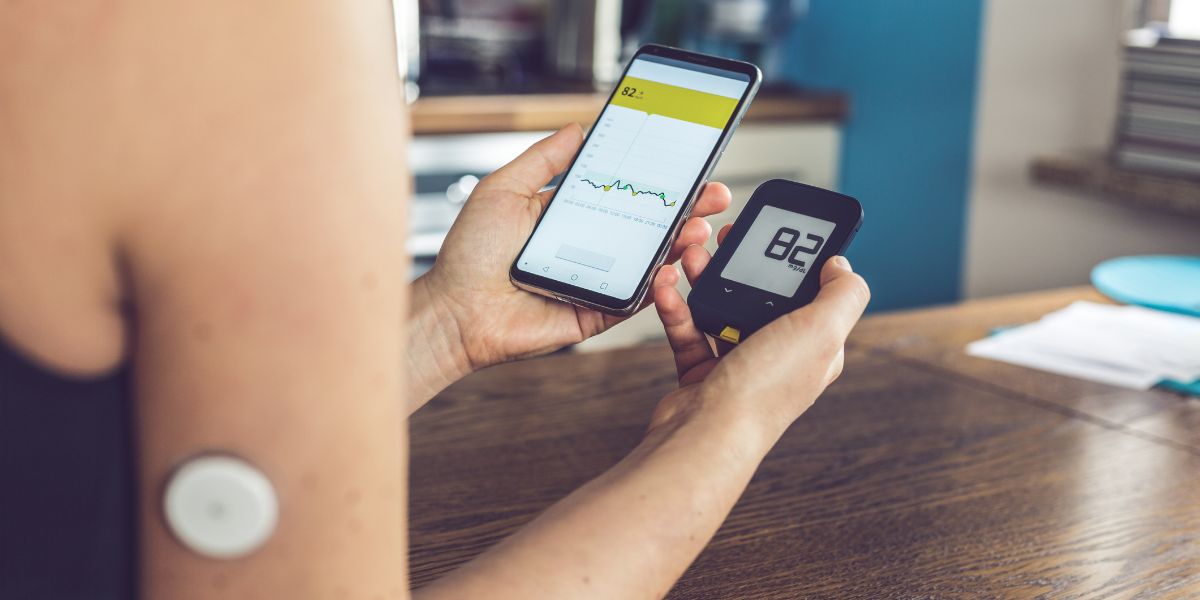Complications caused by type 1 diabetes can be spotted years before they develop thanks to data from continuous glucose monitors, new evidence has suggested.
Researchers from the University of Virginia Center for Diabetes Technology have found that continuous glucose monitor data can predict if someone is at risk of developing eye, kidney and nerve problems caused by type 1 diabetes.
This finding could mean that data from continuous glucose monitors can protect people from becoming blind or developing diabetic neuropathy.
Monitoring how often individuals were in a safe blood-sugar range of between 3.9 mmol/L – 10 mmol/L (70 and 180 mg/dL) helped the researchers predict if people were at risk of nephropathy, neuropathy and retinopathy.
- How CGM sensors work and how to look after them
- Use of Continuous Glucose Monitors by People With and Without Diabetes
- New continuous glucose monitoring system to transform diabetes care
First author Boris Kovatchev said: “The landmark 10-year, 1,440-person Diabetes Control and Complications Trial (DCCT), published in 1993, established HbA1c as the gold standard for evaluating the risk for complications from type 1 diabetes.
“However, the use of continuous glucose monitoring is on the rise and there is no study of the magnitude of the DCCT to affirm continuous glucose monitoring-based metrics as standard for evaluating diabetes control.”
He added: “The lack of long-term large-scale continuous glucose monitoring data has a number of clinical and regulatory implications; for example, continuous glucose monitoring is still not accepted as a primary outcome from diabetes drug studies.”
As part of the study, HbA1c readings were taken either monthly or every three months, alongside a blood sugar profile every three months.
The researchers used advanced machine learning techniques to create virtual continuous glucose monitor traces for all participants.
- Type 1 diabetes treatment is more than counting carbs
- James Norton: Inspiring awareness of Type 1 Diabetes
- Technosphere insulin and insulin degludec as effective as traditional type 1 diabetes care
They discovered that virtual continuous glucose monitors were as effective as HbA1c readings when it comes to predicting type 1 diabetes complications.
Boris Kovatchev concluded: “A study of the magnitude of the DCCT done with continuous glucose monitoring in addition to HbA1c would be prohibitively time-consuming and expensive.
“Virtualising a clinical trial to fill in the gaps in old, sparse data using advanced data science methods is the next best thing we can do today.”
Read more in the journal Diabetes Technology & Therapeutics.






